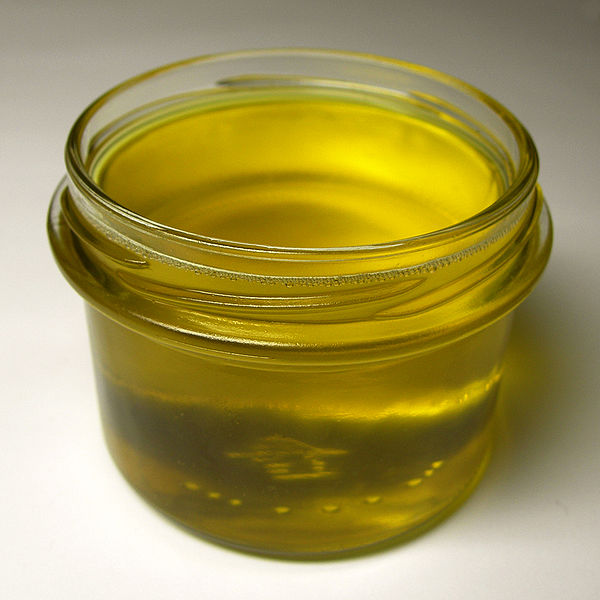Ghee is the better butter choice of super heroes.
What is ghee?
Ghee is clarified butter. Well, what is clarified butter?
Well, to clarify means to remove solid matter from a liquid or to make into a clear or transparent liquid.
I’ll tell you how I make ghee and why I bother to do so.
1. Start with organic butter sticks. I use my store’s organic brand.
2. Unwrap sticks (might as well use all four) and place them in a pot and put the lid on top.
3. Set temperature on simmer or low.
4. Allow butter to slowly melt and then to separate (approx. 30 minutes). You will see dense white stuff sink to the bottom and frothy white stuff float to the top. I do not stir the melting or melted butter at all.
5. Once all the butter has melted & separated, bring the pot close to your sink. Spoon off the white, frothy stuff on top and run it down your drain with hot water. You can capture most of it.
6. Pour the gold liquid (80% of the melted butter that didn’t float or sink) into a jar making sure not to allow any of the dense white sunken bits. A funnel here might be helpful.
7. Capture as much golden, clear liquid as possible and toss the dense white sunken bits down the drain with hot water. You may have to sacrifice a bit of the golden liquid in order to avoid the sunken bits. Don’t sweat this! It’s more important to not let any sunken bits sneak by.
Now you have ghee! It still tastes like butter. You can refrigerate ghee and it will become hard & solid or you can leave it on the counter in an air-tight container and it will solidify but be soft. It melts quickly and behaves just like oil in a pan.
Now I know you are wondering why it’s worth the trouble to make (actually, it’s really easy…take it from me who is a bumbling mess in the kitchen).
Ghee, or clarified butter, is widely used in Asia. It has a higher burn temperature than butter (485° vs. 350°) so you’re less likely to scorch the pan when cooking with ghee. It’s perfect for sautéing.
What remains of whole butter to comprise the ghee is pure milk fat. The milk solids (casein = milk protein) sinks and the water from the butter fat rises, both of which are discarded.
Ghee has a longer shelf life than butter (up to a year!) and, because of the discarded milk solids, has negligible amounts of lactose & casein so is a safer option for those who are lactose intolerant or have a milk allergy.
Ayurvedic medicine from India uses ghee to help with cases of ulcers & constipation.
If you are familiar with T. Colin Campbell’s research book The China Study you will know that he indicates casein (milk protein) as a key variable in the production of cancer. Casein is wise to avoid!
If you like butter, but would like to enjoy a superhero version of butter, try making a batch of ghee. It is so simple, it tastes great and you’ll wonder why it took you so long to learn about it. You can buy prepared ghee, but it’s so easy to make that I’ve never bothered to do such.
My husband and I eat farm fresh eggs on Saturday morning which are fried in ghee. (You can read my Food Diary on Facebook.) It’s one of the highlights of my week.




{ 2 comments… read them below or add one }
Please don’t discard fatty solids down the drain. They will clog the pipes and cost you and your sewer utility a lot of money to maintain. Please remember that what goes down the drain ends up in our lakes and streams eventually. Otherwise, I love your post.
Ruthie Guten recently posted..Energize Your Body
Thank you for the smart reminders Ruthie! 🙂